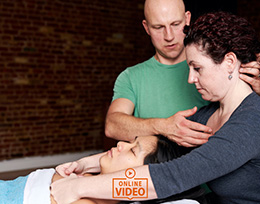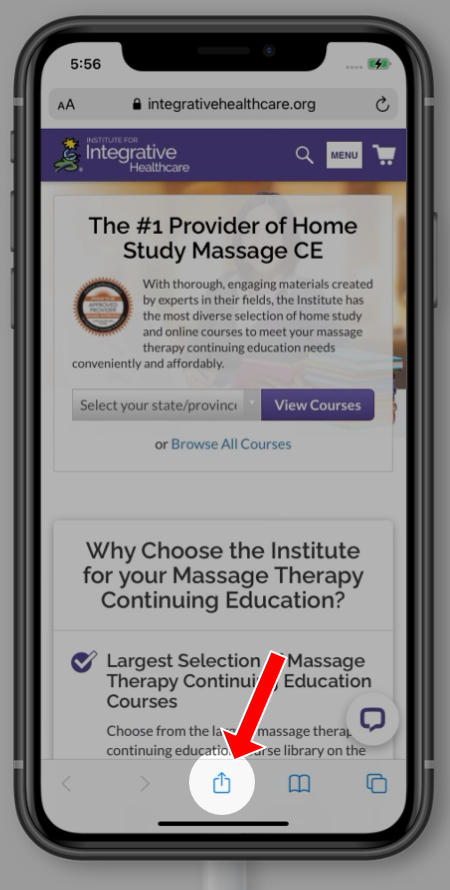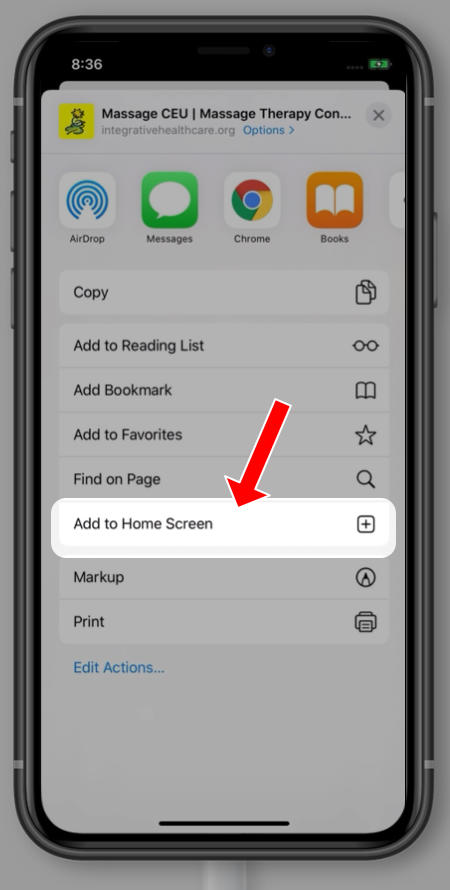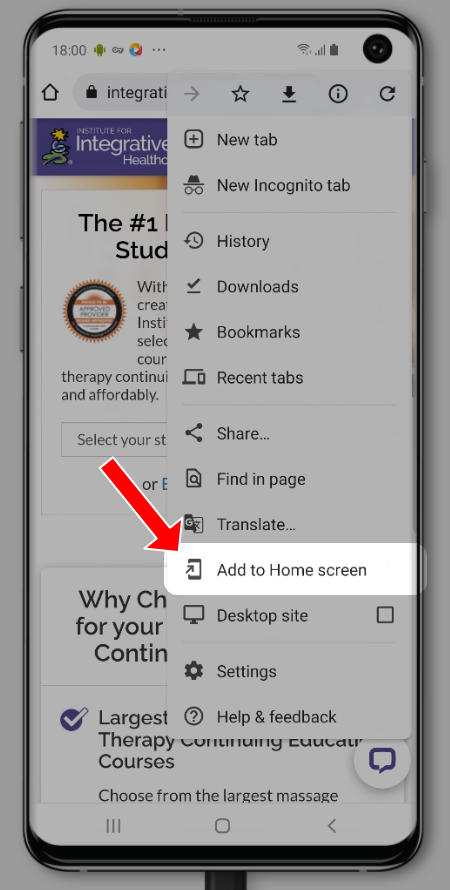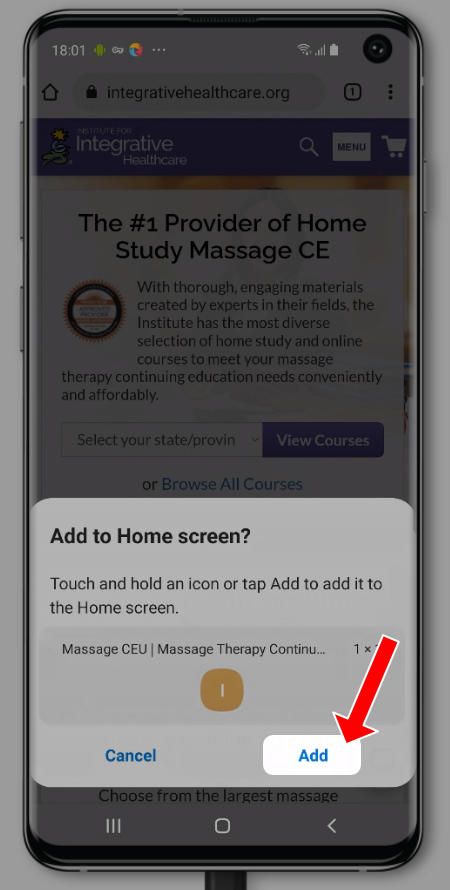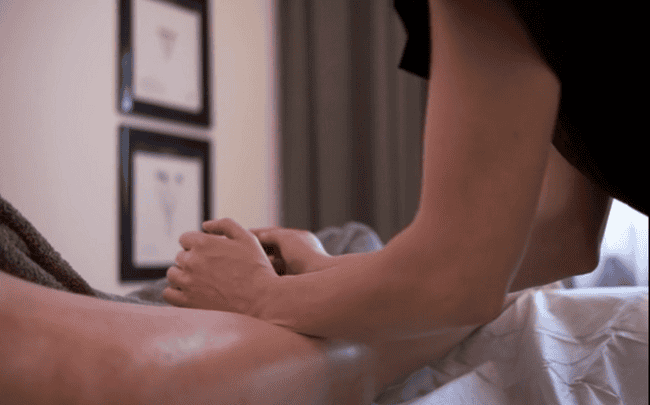

Massage therapist self-care is essential for a long career and helps manage the physical and emotional demands of the job. Receiving regular massages can help therapists stay healthy and effective. Finding a fellow massage therapist to either pay or trade with is a healthy step towards self-care. Prioritizing self-care through regular massages helps therapists stay pain-free and provide better service to their clients.
Self-care is vital for massage therapists, to maintain health and wellness. Self-care is imperative to career longevity. Ask any massage therapist who has been practicing for decades their secrets to success and the term self-care is amongst the first statements offered.
At some point in our careers, we will encounter clients who challenge our deep-tissue pressure abilities, breach boundaries, push the envelope with demands, and tug on our emotional heart strings. Receiving regular massage sessions can be a key component to our ability to hold professional space with these challenging clients, not allowing them to adversely affect us. This regimen will help us navigate the ebbs and flows of working with the general public — which can push our physical and mental capacities to the limit.
Finding the Right Massage Partner
Some professionals feel it important to pay a fellow therapist for their services. There is wisdom behind this thought process. Some suggest, “We can’t expect people to pay for massage if we are not willing to pay for treatments.” Modeling behavior is an effective way of shifting the energy and intentions of your practice.
However, it may be more feasible for many people to find a trading partner they can trust. Finding a trading massage partner is an important part of massage therapist self care – one who shares common perspectives of healing is key. Ensure your trading partner shares common views and attitudes about massage and healing. You will both relax easier knowing you are on the same page as you provide each other healing touch.
How to Choose an Ideal Trading Partner
Since massage is personal in nature, not every therapist may be an ideal fit for your needs. Seek out professionals who do similar work or share similar perspectives on massage. Once logistics are determined, enjoy the benefits of sharing sacred space with a trusted professional.
I chose a present trading partner based on two main factors. First, this partner displays excellent quality of touch during sessions. I need a therapist to be adept at lymphatic drainage at certain times with an ability to offer medium-pressure touch at other times. This therapist has an ability to perform massage at varying depths and incorporate lymphatic drainage without prompting. Second, the ability to fully let go mentally during sessions is important to me. Because I am a massage instructor, often I have therapists pick my brain with questions as I am receiving massage. This takes time away from me to relax and enjoy the session. This therapist allows me to relax fully, falling asleep, and snoring if necessary.
Receiving regular massage treatments can aid three common conditions we experience often as massage therapists: back pain, wrist pain, and shoulder pain. One significant note to immediately state is if a therapist is experiencing these three pain patterns without a traumatic incident occurring, these result from improper body mechanics. Be sure to utilize your legs and core to generate greater pressure application during deep tissue massage sessions.
Massage Therapist Self-Care: Back Pain
Many massage therapists will encounter back pain of some type in their career. This may be felt in the upper back (T1—T5 level), mid back (T6—T12 level), or low back (L1—L5 level). Sensations at any of these areas can range from mild stiffness, moderate discomfort, painful regions, and abnormal sensations felt radiating into the neck.
We will examine the anatomy of each region and how massage may help individuals with these varying back pain types.
Upper Back
The upper back has the trapezius, rhomboid major and minor, upper erector spinae musculature, and splenius capitus and cervicus. These muscles maintain stability of the head and neck as well as guide the shoulder girdle. Freeing tension of this region will help the massage therapist with better upper body posture, especially keeping top-of-head posture when working.
Mid Back
The midback region has many overlapping muscle fibers. Trapezius, latissimus dorsi, and serratus posterior superior and inferior. All these muscles can impede spinal, scapular, and costal modality when they hold increased tension.
The thoracic spine is responsible for rotating and lateral flexion movements of the torso. Loosening tension in proximal muscles will aid a therapist with greater ease of movement as they bend and turn their body as they work. Also, freeing tension of the scapula allows the arms greater range of motion when performing long, connective massage strokes. These become easier when the thoracic back is freed of tension.
Low Back
The low back, or lumbar region, has many muscles providing stabilization of the rib cage base and sacrum bone. The lower erector spinae muscles, quadratus lumborum, psoas major, and latissimus dorsi comprise the lumbar musculature.
Ensuring a solid lumbar foundation, coupled with integrity of the sacroiliac (SI) joint, will help a therapist utilize body weight with deeper pressure application, thereby helping the therapist avoid injury.
A special mention must be made to ensure one maintains healthy tonicity of the quadriceps muscles upon the anterior thigh to help avoid back pain. When this muscle group becomes hypertonic, the lumbar spinal region works harder to maintain spinal integrity in gait and varying stances. Doing static squats standing against a wall with both the knee and hip joints at 90 degrees will help build healthy tonicity with the quadriceps. This will create a proper balance for the low back to maintain integrity and stability.
Massage Therapist Self-Care: Wrist Pain
Many massage therapists will indicate pain, tingling, numbness, or other abnormal sensations in the hands, wrists, forearms, and entire arm unit. Due to the nature of our occupation, we need to keep stretching and releasing tension held in the upper limbs to avoid nerve compressions or related injuries.
The eight anterior flexor tendons can easily become fatigued and tight due to excessive movements of the fingers, thumbs, and wrists. When increased tension of the anterior antebrachium is witnessed, this usually means a therapist is overusing these tools.
Not all cases of carpal tunnel truly fit the definition of this condition. Abnormal sensations traveling distally upon the anterior side of the arms towards the thumb, index finger, and middle fingers indicate the presence of true carpal tunnel syndrome. These same sensations traveling distally upon the medial aspect of the anterior arms toward the ring and pinky fingers indicate ulnar nerve syndrome, also called Guyon’s Canal Syndrome.
Massage Techniques for Wrist Pain
Massage efforts to create space and ease tension along the anterior plane of the upper limbs can alleviate a great deal of carpal-tunnel-like symptoms. The pronator teres may be the culprit, oftentimes, with this condition. This deep forearm muscle can be accessed deep to the brachioradialis muscle, then stripped from lateral to medial, from the radial tuberosity to the medial epicondyle of the humerus.
If abnormal sensations present along the posterior arm, the radial nerve is likely impinged. Addressing the deltoid and extensor muscles of the antebrachium can relieve tension compressing the radial nerve. In addition, tension along this nerve’s pathway can be alleviated with addressing the subscapularis muscle deep within the axillary region.
Getting regular massage on the arms will help alleviate any abnormal sensations felt due to carpal-tunnel-like symptoms. Finger dexterity and sensory feel, essential for fine deep tissue practice, can be restored with regular bodywork.
Massage Therapist Self-Care: Shoulder Pain
Many massage therapists will state their shoulders either hurt or have lost significant range of motion. The glenohumeral (aka shoulder) joint needs to be mobile to allow for wide range of motion in all planes. There is little ligament tissue holding bones in place as this joint is meant for mobility more so than stability; therefore, the protection for the joint comes from the muscles surrounding and attaching near this region.
Nine muscles primarily surround and facilitate the shoulder joint. Supraspinatus, infraspinatus, teres minor, and subscapularis, collectively the rotator cuff muscles, as well as the deltoid muscle, surround the shoulder joint directly. Four other muscles passing through the bicipital groove — pectoralis major, teres major, latissimus dorsi, and biceps brachii — also impact this joint region. All these muscles protect this joint from injury.
Conditions such as frozen shoulder and pectoralis minor syndrome often arise due to improper joint function that creates conditions of shoulder injury. As muscles begin to fatigue or hold excessive tension, the body’s compensation patterns can impact the entire upper body, as witnessed in upper body cross syndromes and spiral line dysfunctions.
Tension of any of these muscles can begin to restrict shoulder joint function. Greater range of motion in the shoulder equates to prevention of potential shoulder injuries and greater ease of massage stroke delivery.
Techniques to Improve Shoulder Mobility
Regular bodywork sessions to restore shoulder mobility can lengthen the career of a therapist tremendously. Adding in passive range of motion and stretching techniques will further augment treatments for the shoulder.
Making the time to receive regular massage sessions becomes important for the career longevity of a massage therapist. We do need to “practice what we preach” regarding receiving massage. Certainly, life gets busy with other commitments. Ensure you schedule your monthly massages as one of your first monthly tasks to complete.
Whether we choose to pay for sessions or find a trusted trading partner, the goal is to ensure you can continue your career comfortably. Being pain free makes this career more enjoyable and gratifying. Great self-care practice will determine the longevity of your career.
For more tips on preventing burnout and enhancing your wellness, learn more self-care strategies for massage therapists.


